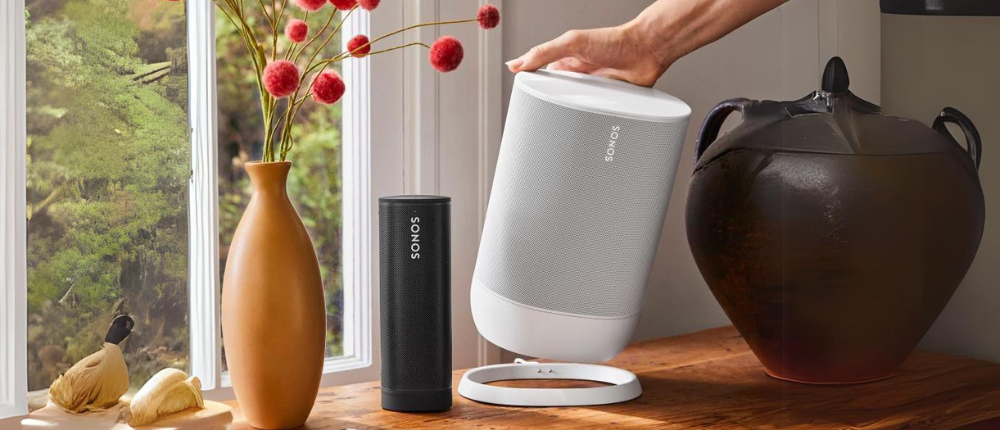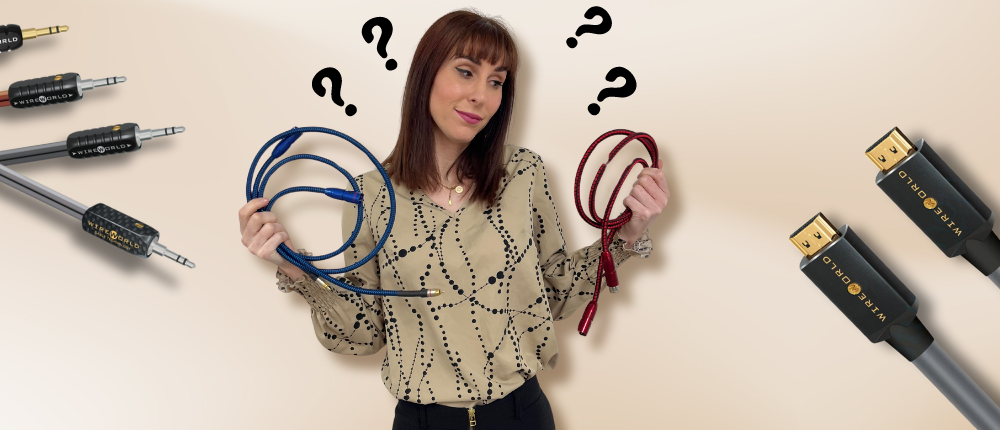You've probably noticed those shiny "Hi-Res Audio" badges everywhere lately - streaming services, headphone boxes, and splashed across just about every audio product page. Sounds impressive, right? I mean, who wouldn't want their music in high resolution? But let's get real for a second: can you actually hear the difference, or is this just another excuse to spend more money on your audio setup?
The Numbers Game: What Makes Audio "Hi-Res" Anyway?
Let's skip the marketing fluff and get straight to it. Hi-res audio simply means sound files with more data than the CDs we grew up with. While CDs give you 16-bit/44.1kHz sound (the official "Red Book standard"), hi-res formats typically bump that up to 24-bit depth and sample rates of 96kHz or higher.

cambridgeaudio.com
Think of it this way: standard CD audio takes 44,100 snapshots of sound every second. Hi-res audio can capture up to 192,000 snapshots or more in that same second. That's a whole lot more information to recreate your favourite bass line or vocal performance.
But here's the twist, and why audiophiles love to debate this stuff. The human ear typically can't detect frequencies above about 20kHz (and that upper limit drops as we age).
The CD standard's 44.1kHz sampling rate was specifically chosen because it can capture frequencies up to 22kHz, which already covers what most of us can hear.
So if we can't hear above 20kHz anyway, why are we bothering with these higher sampling rates?
The Perception Puzzle: What Science Says vs. What People Hear
The science seems straightforward. According to the Nyquist Theorem (the foundation of digital audio), to accurately reproduce a sound, you need a sampling rate of at least twice the highest frequency. Since humans top out around 20kHz, the 44.1kHz CD standard should technically capture everything we can hear.
Yet spend an afternoon at any high-end audio store, and you'll meet plenty of people, including professional audio engineers and musicians, who swear they can hear improvements with hi-res audio. What's going on here?
The debate usually touches on a few different factors:
- Ultrasonic content: Some people believe that even though we can't directly "hear" frequencies above 20kHz, these ultrasonic frequencies might still affect how we perceive the audible stuff.
- Time domain accuracy: Higher sample rates might reduce tiny timing errors (called "jitter"), potentially creating more precise sound reproduction.
- Digital filtering: Standard-resolution audio uses more aggressive anti-aliasing filters that some listeners find adds a certain harshness.
- The production chain: Many hi-res recordings simply get more TLC during production and mastering.
According to Monitor Audio's product specialist James, "It's not always about what additional frequencies you can hear - sometimes it's about the greater sense of ease and naturalness that comes from having fewer processing steps between the original performance and your ears."
The Equipment Equation: Your Chain Is Only as Strong as Its Weakest Link
Here's the reality check: to get any benefit from hi-res audio, every single piece of your setup needs to support it:
- The source file: An actual hi-res recording (not just a standard file that's been upscaled)
- The digital-to-analog converter (DAC): Either a standalone unit or the one built into your device
- The amplification: Your amp or receiver
- The speakers or headphones: They need to reproduce the full range of frequencies

You're not going to notice much difference between CD-quality and hi-res when you're listening through your phone's built-in DAC and those earbuds that came with it. Even if you've invested in something nice like Bowers & Wilkins or Sonus Faber speakers, you still need a decent amp and DAC to reveal those subtle hi-res details.
The Source File Rabbit Hole: Not All Hi-Res Is Created Equal
Here's something the industry doesn't advertise: just because there's a "Hi-Res Audio" logo on a recording doesn't mean it was actually recorded, mixed, and mastered in high resolution.
Many so-called hi-res tracks are standard-resolution recordings that have been upsampled - basically padding the file with zeros without adding any actual musical information. It's like taking a smartphone photo and saving it as a larger file; you've made it bigger without adding any new detail.
This is why serious listeners seek out recordings they know were captured in high resolution from the start. Labels like Reference Recordings, 2L, and Chesky have built reputations on their careful recording techniques and minimal processing.

Test Your Ears: Can You Really Tell the Difference?
Enough theory - let's get practical. Want to find out if hi-res audio makes any difference to your ears? Here's a simple test you can try at home:
- Choose familiar music: Pick something you know really well—songs with acoustic instruments, dynamic range, and vocal details work best.
- Get two versions: Find both a CD-quality (16/44.1) and hi-res version (24/96 or higher) of the same master.
- Match the volumes: This is super important! Our brains automatically think "louder is better," regardless of actual quality.
- Blind test yourself: Have a friend switch between formats without telling you which is which, or use an app that can randomly play either version.
-
Listen for specific elements: Instead of overall impressions, focus on particular details:
- How cymbals or piano notes fade away
- The space and air around vocals
- Bass definition and texture
- How well you can separate instruments during busy passages
If you can consistently pick out the hi-res version, congratulations! You've got some seriously good ears. And if not? Don't sweat it - many people who work with audio professionally have trouble with this test too.
The Practical Reality: Does Hi-Res Actually Matter for You?
Let's be real for a moment. For most of us, the differences between CD-quality and hi-res audio aren't going to be life-changing. What we've seen from countless conversations with customers is that hi-res audio benefits are highly situational and personal.
Think of it like this: upgrading from heavily compressed streaming to CD-quality is like switching from watching a movie on your phone to seeing it on a decent TV—most people will notice and appreciate the difference. But going from CD-quality to hi-res? That's more like comparing a good 4K TV to an 8K one—the differences are there, but they're much more subtle and depend heavily on your setup and viewing environment.
You might actually notice and enjoy hi-res audio if:
- You've developed an ear for detail through years of music listening or playing
- Your system doesn't have any weak links (good DAC, quality amp, capable speakers like Martin Logans or Sonus Fabers)
- You enjoy sitting down specifically to listen to music in a quiet room
- You find joy in hearing new details in songs you thought you knew inside out
On the flip side, hi-res might be completely wasted on your setup if:
- You're usually listening while cooking, working, or commuting
- Your speakers or headphones are the limiting factor in your system
- Your listening environment is noisy (traffic, HVAC, household activity)
- You haven't upgraded your DAC or amplification recently
Finding Your Sweet Spot: Beyond the Numbers
Here's what we've learned from talking with hundreds of customers about their hi-res experiences: don't get caught up in the specs race. Focus on what actually makes your music sound better to you.
For most music lovers, the biggest improvement comes from upgrading from compressed streaming to lossless CD-quality (which Apple Music, Amazon Music HD, and Qobuz now offer as standard). Pairing that with even a modest speaker or headphone upgrade will give you way more noticeable benefits than chasing ultra-high-resolution files played through average equipment.
That said, if you've already got a solid system and want to explore that final frontier of audio detail, hi-res can offer those subtle refinements that make good listening great. Just remember that enjoying music is ultimately personal - trust what sounds good to your ears over specifications, marketing claims, or even what we're telling you here.
Because whether you're listening to vinyl through vintage speakers or streaming hi-res to a brand new pair of Monitor Audio towers, the only measure of good audio that truly matters is simple: does it make you feel something?






2 comments
Great article. Like wine, I believe audio, and potentially the quality thereof, to be a personal thing – one person’s hi-res may be another’s muddled mess.
Great article. Like wine, I believe audio, and potentially the quality thereof, to be a personal thing – one person’s hi-res may be another’s muddled mess.